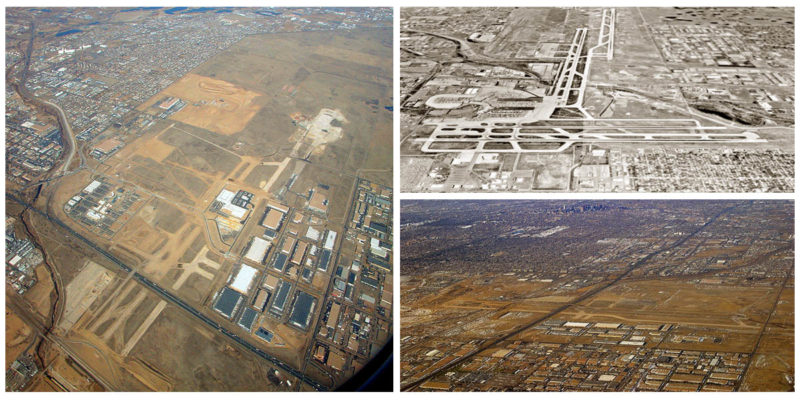From 1929 to 1995, Denver’s main airport was Stapleton International Airport. It welcomed its first passengers for the first time on October 17, 1929. During its infancy, its official name was Denver Municipal Airport.
The airport was renamed after Benjamin Stapleton, the mayor of Denver from 1923 to 1947. This man had different visions when it came to air traffic.
His idea was to strengthen and combine the air industry that was now on its upward trajectory. Stapleton placed the construction of the airport under the under the guidance of the city’s Improvements and Parks Department.
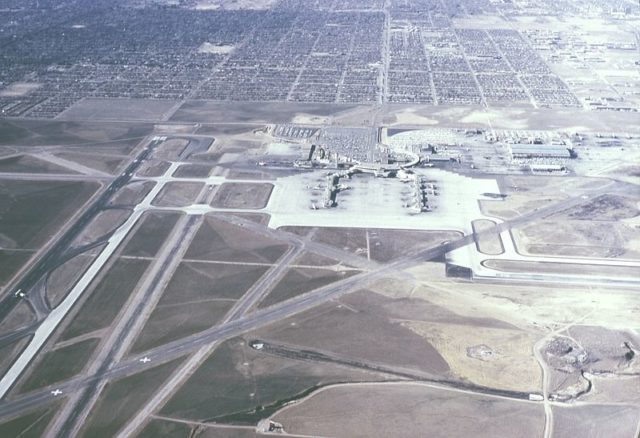
Next on the list was to choose a site, and both Mr. Stapleton and Mr. Charles Vail, Improvements and Parks Department manager, agreed that Sand Creek was perfect for it. This place is located 7.5 miles from the center of Denver, in a place called Rattlesnake Hollow.
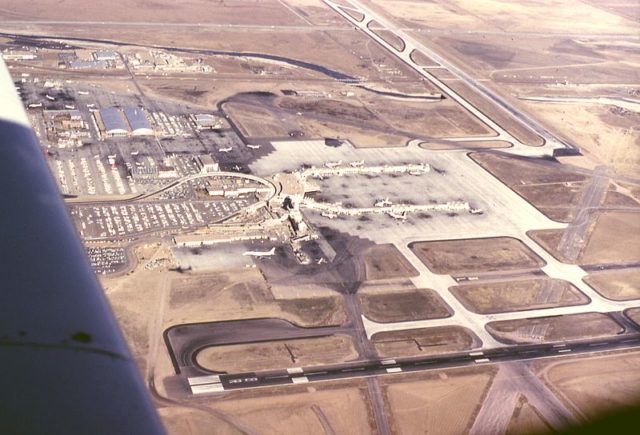
During this early stage, just three airlines operated from this airport. These three initial airlines were the Western Air Express, US Airways and the Mid-Continent Express. Understandably, the air industry was still pretty young and people were slowly getting comfortable with the idea of air transportation.
The lack of travelers forced these young air companies to be primarily busy with transportation of the mail. Almost two years deep into this business, the Stapleton International Airport was executing its business plan as projected.
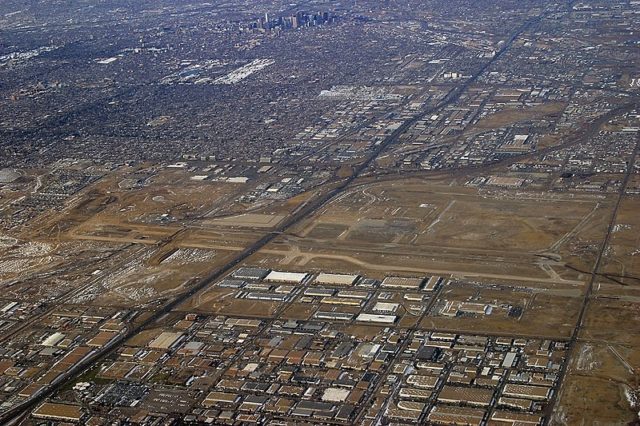
Now, the airport was having around 30 landings per day. The increasingly busy terminal attracted more new companies to rent an office space at this airport. Joining the list were Western Flying Service, Carlos Reavis Service and Eddie Brooks Service.
Just as any big airport, so Stapleton International had its fair share of privately owned airstrips. But given its size, the airport was still performing under its full capacity. The residents of Denver were reluctant to use it on an everyday basis.
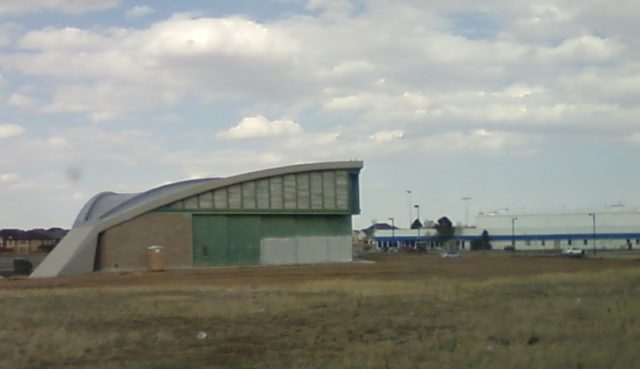
In 1941, as the world was engulfed in war, the air industry in Denver started to pick up speed and so a new control tower was constructed, on top of the administration building. Also new lights were installed on the airstrips to guide the planes at night.
Once the second world war was over, the people from the United States were able to see the “big picture” and start to appreciate the benefits of air transport.
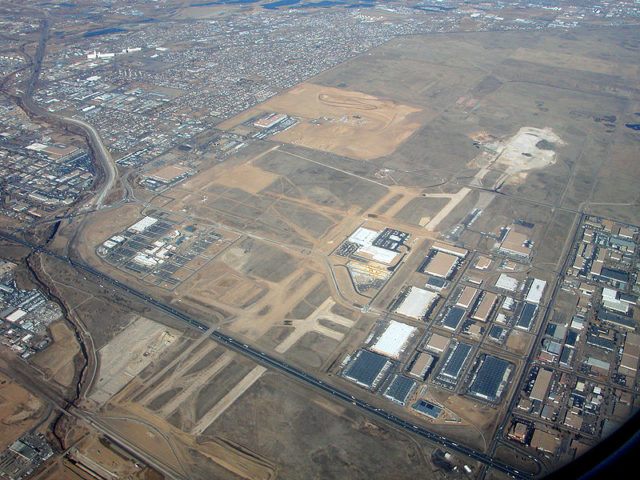
With time, Denver was becoming ever more popular. It was during this period that the authorities made a suggestion that Denver deserves to be connected by means of air transportation to major cities such as Washington, D.C. and The Windy City – Chicago.
Now the initial 620 acres of land, got expanded and become 1430 acres. The 30 flights per day became 50. Employee numbers also increased, from less than 50 initially up to 1,200. Stapleton International Airport now also had two flying schools in its arsenal of activities.
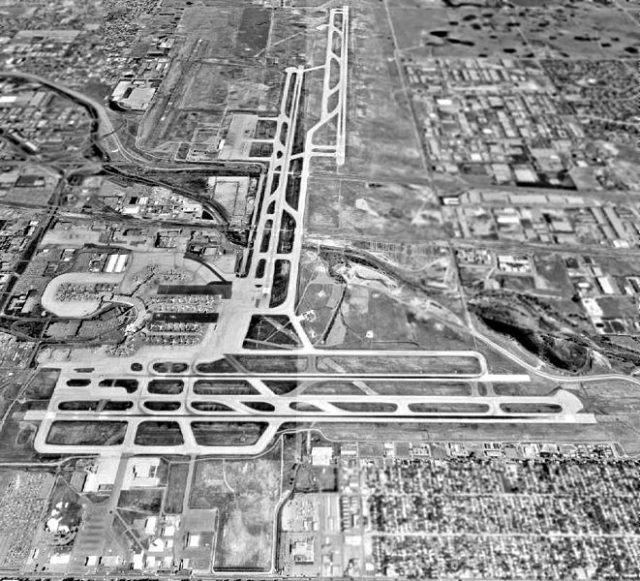
New hangars were added, plus a fire station and a post office. By 1955, the airport was servicing over 1 million passengers per year, an average of 2,700 passengers per day.
More travelers required more space, and so the airport got a few more extensions during the 1950s, including a new control tower. The overall expansion programme cost a little over $50 million. But despite it’s growth, the airport the airport was still behind the increasing demands of air industry.
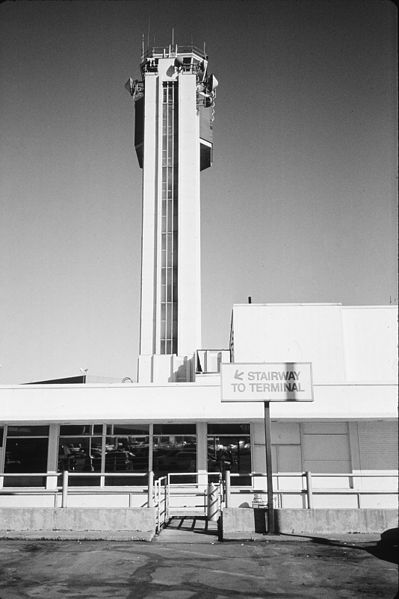
The size of modern aircraft was becoming too big for Stapleton’s airstrips. George Hosford, an air traffic controller, finished servicing the Continental Airlines Flight 34 – the last airplane to touch down on Stapleton’s runway, on February 27, 1995,
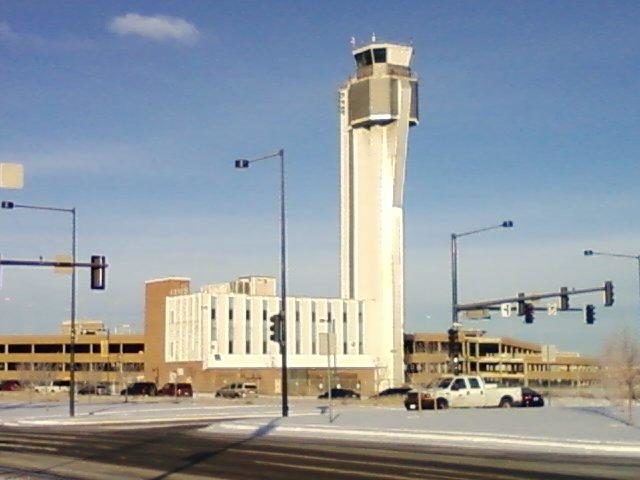
That was the end of Stapleton International Airport. With time it got decommissioned, and the only thing that remained was the control tower and some ghostly shadows witnessing the rise and fall of Stapleton International Airport.
